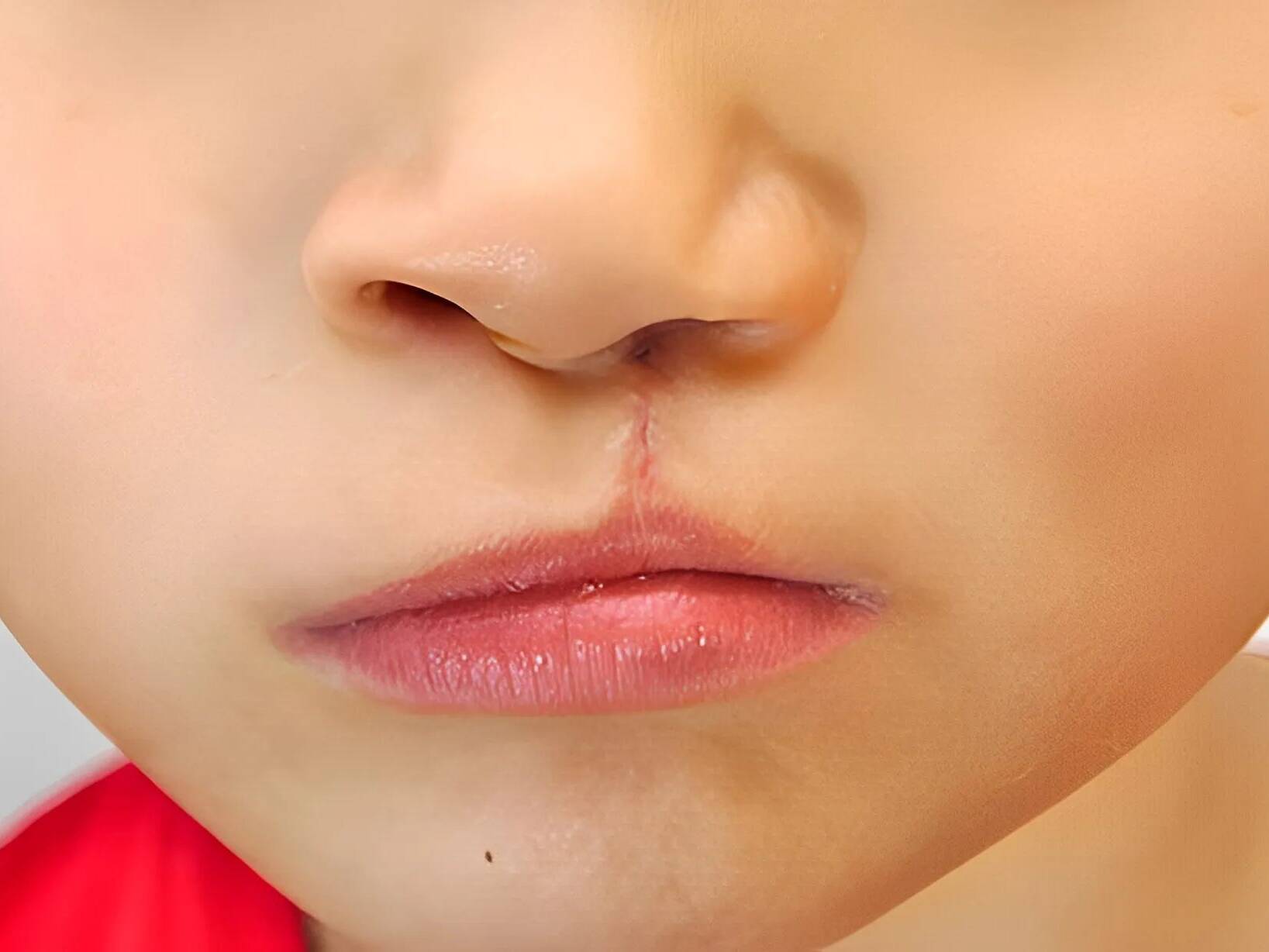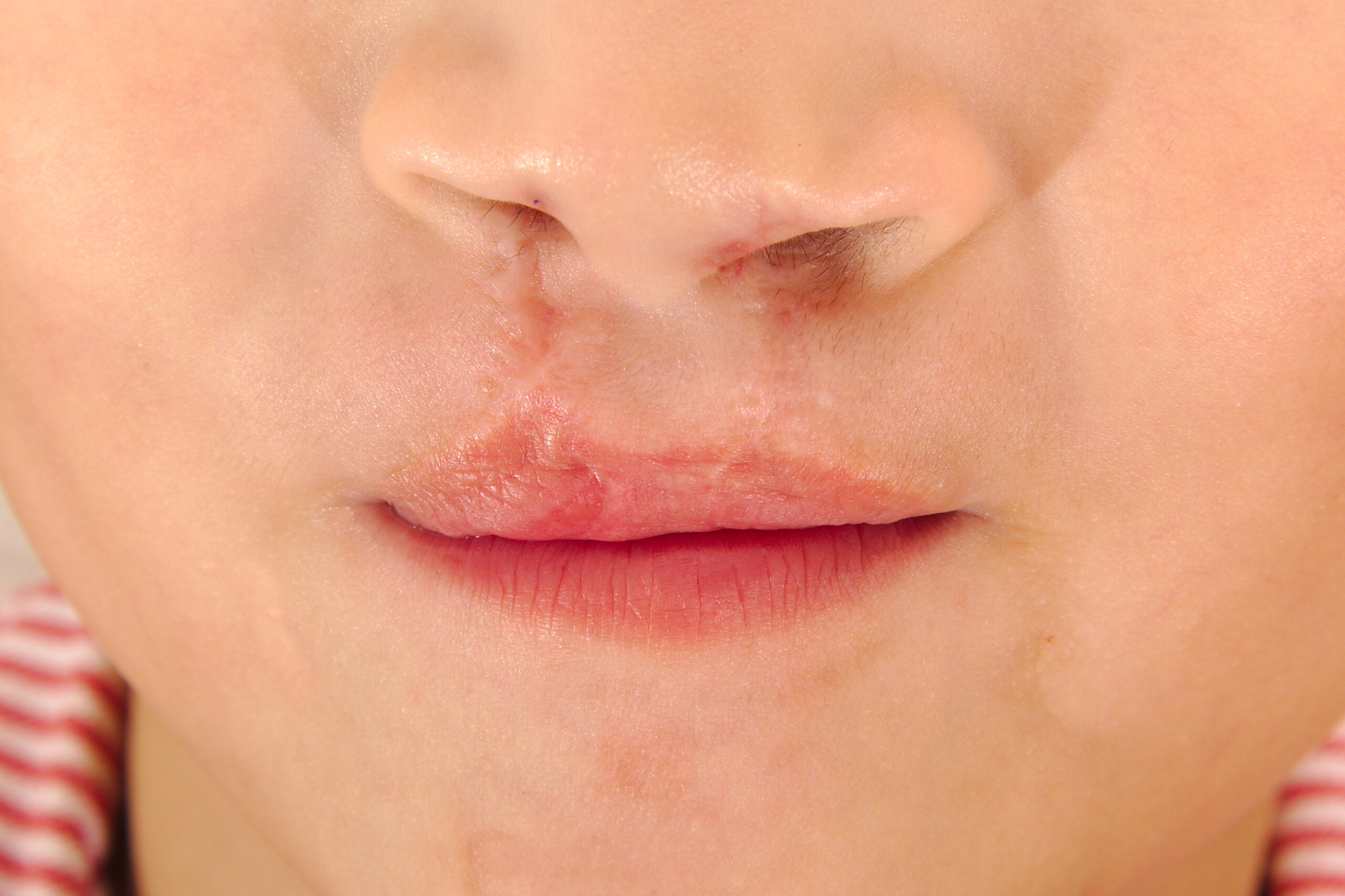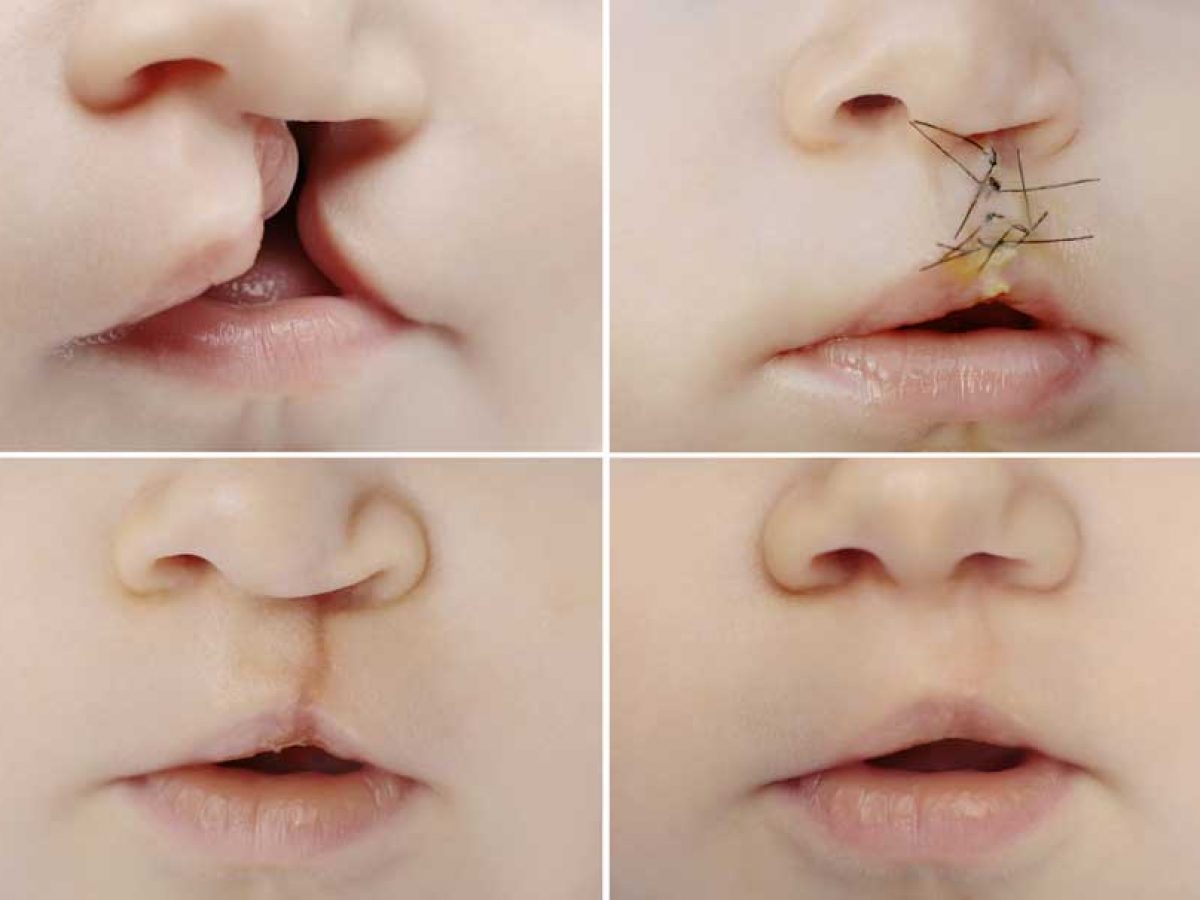
Understanding Cleft Lip & Palate
Cleft lip and cleft palate are congenital conditions that occur when the tissues of the lip and/or roof of the mouth do not fully join together during early fetal development. These conditions affect a child’s appearance, speech, feeding ability, and overall oral health, requiring specialized care for successful treatment.
- Cleft Lip – An opening in the upper lip that may range from a small notch to a complete separation extending up toward the nose. It may occur on one side (unilateral) or both sides (bilateral).
- Cleft Palate – A gap or opening in the roof of the mouth (palate) that affects the separation between the mouth and nasal cavity. This can involve the soft palate (back of the mouth), hard palate (front of the mouth), or both.
Both conditions can impact feeding, speech development, and breathing, requiring a multidisciplinary approach for effective management.
Causes & Prevalence
Cleft lip and palate develop early in pregnancy, affecting about 1 in 800 babies. While the exact cause is unknown, they may be influenced by genetic and environmental factors, such as:
- Family history of cleft conditions
- Nutritional deficiencies during pregnancy
- Exposure to certain medications or toxins
- Underlying medical conditions
Because lip and palate formation occurs separately, a child may be born with only a cleft lip, only a cleft palate, or both.


Why Is Treatment Important?
A properly formed lip and palate are essential for:
- A normal facial appearance – Restoring natural symmetry and function.
- Speech development – Preventing speech difficulties caused by air escaping through the nose.
- Feeding and nutrition – Avoiding issues with sucking, swallowing, and weight gain.
- Hearing and ear health – Preventing ear infections and potential hearing loss.
Children with cleft conditions often require specialized surgical care to address these challenges and ensure healthy development.
Cleft Lip Treatment
Cleft lip repair is typically performed when a child is around 10 months old. The goal of surgery is to:
- Close the lip separation for improved function and appearance.
- Restore muscle function for natural lip movement.
- Improve nostril shape (if affected by the cleft).
In some cases, a second procedure may be needed later to refine the results and optimize nasal symmetry.
Cleft Palate Treatment
Cleft palate repair is more complex and is usually performed when the child is between 7 to 18 months old, depending on their overall health and needs.
The primary goals of surgery include:
- Closing the gap between the roof of the mouth and the nose.
- Reconnecting the muscles to restore normal palate function.
- Ensuring the repaired palate is long enough to support proper speech.
In some cases, a second procedure may be needed later to refine the results and optimize nasal symmetry.
Bone Grafting for Cleft Palat
If the cleft extends to the upper gum ridge, bone grafting may be required between the ages of 8 and 12, when the permanent teeth begin to develop. This involves:
- Transplanting bone (typically from the hip) into the cleft area.
- Closing the communication between the nose and gum tissue.
- Creating a strong foundation for permanent teeth and future dental implants, if needed.
For teenagers and adults, cleft palate surgery may be combined with corrective jaw surgery (orthognathic surgery) to further improve bite function and facial balance.
What to Expect After Surgery
Following cleft palate repair, swallowing and feeding become easier almost immediately. However, in about 20% of cases, a small opening (fistula) may develop between the mouth and nose, causing leakage of food or air. If significant, a secondary procedure may be required to close this opening and restore full function.

Comprehensive, Specialized Care for Cleft Conditions
At Kissimmee Oral Surgery, we understand the complex nature of cleft lip and palate and the life-changing impact that successful treatment can have. Dr. Ason specializes in comprehensive surgical care to ensure optimal function, appearance, and quality of life for every patient.